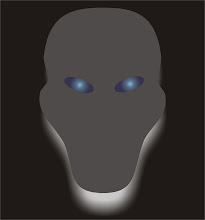But this year my tables have been discovered by other,
bigger birds which come in for an easy feed from the surrounding countryside.
They include two cock pheasants, three hen pheasants, a flock of five jackdaws,
and an indeterminate number of wood pigeons. There are also at least three
squirrels which have taken to making regular forays to the food bank and eating
rather more than the small birds do. The result is that I am now having to
re-stock the tables several times a day and am spending an amount on seed,
rolled oats and peanuts roughly equivalent to what I spend on my own
provisions.
Today I had two new visitors: a pair of rooks. The rook is a
sister sub-species to the common carrion crow, and is alike in all respects
except for the fact that it has a white beak. And they’re smart; being smart is
what crows are known for, and here’s an example.
Each table has a water bowl on it. They’re made of metal
because that makes them easier to de-ice on cold mornings than ceramic bowls.
But they’re also lightweight, which means that if one of the bigger birds steps
on it – which they have an irritating habit of doing – the bowl will upset and
usually fall to the ground. It happens a lot.
Today I watched as a rook placed its foot carefully on the
water bowl, and when the bowl began to tip, it took its foot back off again.
That’s smart, and that’s why crows have a high reputation with bird lovers who
like smart birds.








No comments:
Post a Comment